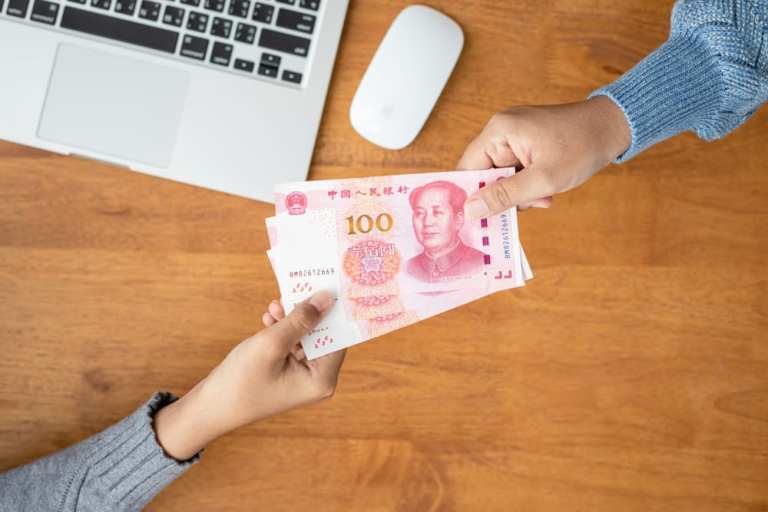
China’s peer-to-peer (P2P) lending market is headed for more turbulence in 2020 as more of its popular platforms face potentially being shut down as the government tightens regulatory reins.
The country’s P2P industry, although just a small portion of overall lending, is nevertheless a compelling credit source for businesses and consumers that can’t obtain loans through China’s traditional banking system. The overall number of P2P platforms has decreased dramatically in recent years because of money scandals.
“The increased regulatory and capital requirements for China’s P2P lenders should continue to put pressure on the sustainability of business models across the sector in 2020, leading to further industry contraction,” said Katie Chen, director for non bank financial institutions at Fitch Ratings, told the South China Morning Post Tuessday (Jan. 7).
Stronger regulatory rules compelled P2P services to plunge to 343 last year compared to 2,680 in 2016. Gansu, Hebei, Hunan, Chongqing and Sichuan were among Chinese provinces ordering a total shutdown of P2P lending in 2019.
Last November, Beijing ordered all current P2P platforms to comply with new regulations within a framework of just two years.
According to official figures from industry data provider Wangdaizhijia, increased government oversight has consequently decreased total outstanding loans to 491.6 billion yuan (US$70.4 billion) as of December 2019 from a height of 1.32 trillion yuan (US$189.2 billion) in 2018, the report said.
China’s online lending market’s quick expansion and subsequent, also fast collapse showcased risks in the Chinese market that Beijing’s mood can create or kill an industry, analysts said.
“Money has dried up because the regulators took needed steps to rid the nonbank lending sector of too rampant fraud and abuse,” said Peter Fuhrman, chairman and chief executive of China First Capital, an investment bank based in Shenzhen in published reports. “Good operators got punished along with scoundrels.”
The new regulations might be a turning point for the P2P sector and help small borrowers obtain loans while increasing protection for investors.